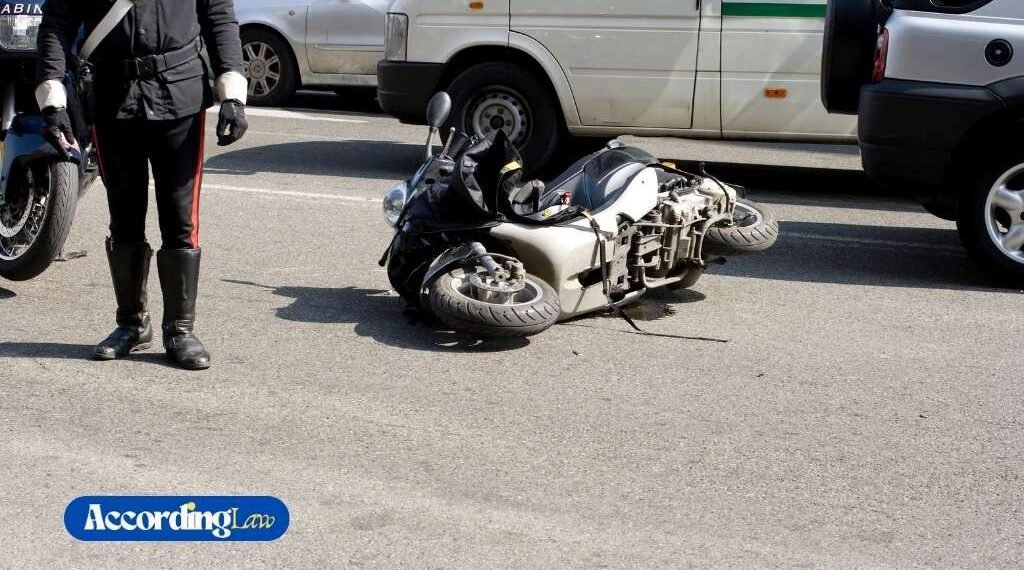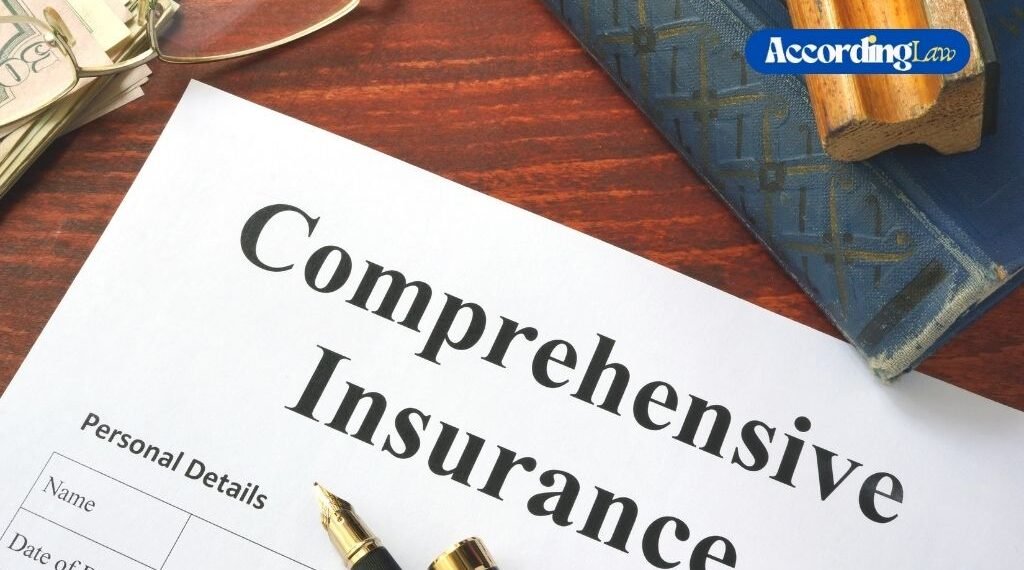Utah’s winding canyons and open highways make motorcycle riding an exhilarating adventure, blending freedom with the thrill of the Wasatch peaks. Yet, amid this beauty, Utah left-turn bike accidents and other motorcycle collision risks remind us to ride smart.
By understanding these high-risk scenarios and arming yourself with proven strategies, you can defend against turns Utah-style, turning potential pitfalls into confident cruises. This guide draws on the latest data to equip you with actionable insights, helping you savor every mile safely.
Table of Contents
Surge in Utah Motorcycle Incidents: A Call to Action
Utah’s roads have seen a sharp uptick in motorcycle activity, with registrations climbing alongside the state’s love for two-wheeled exploration. In 2024, the Beehive State recorded 53 motorcycle fatalities, a 15-year high, representing about 19% of all traffic deaths despite bikes comprising less than 3% of vehicles. Heading into 2025, early figures show 45 riders lost by August, with July alone claiming 14 lives in a record-breaking month.
These numbers highlight motorcycle collision risks, particularly in multi-vehicle crashes where left turns and head-on collisions dominate. Nationally and locally, such incidents underscore the need for vigilance, as over half of bike-car collisions stem from intersection errors. But here’s the bright side: Equipped with knowledge, Utah riders can reduce these risks dramatically, keeping the focus on joy rather than jeopardy.
Decoding Left-Turn Accidents: Most Common Trap
Left-turn accidents top the list of Utah left-turn bike accidents, often catching riders off-guard at busy junctions. These crashes happen when a driver misjudges a motorcycle’s speed or position, pulling out directly into your path. Data shows that 31% of drivers who collide with bikes in Utah were attempting a left turn, aligning with national trends where 43% of multi-vehicle incidents involve oncoming vehicles turning left.
In Utah, improper turning accounts for about 9% of all motorcycle mishaps, but the impact is outsized—angle collisions like these make up 41% of car-bike encounters. Riders frequently enter from straightaways or passes, amplifying the surprise factor. The positive takeaway? Awareness turns these nightmares into navigable moments, letting you assert your space on the road with poise.
Head-On Collisions: Spotting and Sidestepping the Danger
Head-on crashes amplify motorcycle collision risks, frequently tied to left turns gone wrong or lane drifts. Strikingly, 78% of Utah motorcycle crashes involving other vehicles occur when a car strikes a bike head-on, often proving fatal due to the bikes’ lack of protective mass. These scenarios spike in areas with divided attention, like divided highways where speeds climb.
Common triggers include distracted drivers crossing center lines or failing to yield during overtakes. In 2023, Utah logged 1,158 bike accidents, with head-on contributing to the 41 fatalities that year. Yet, riders who scan ahead and maintain buffers emerge unscathed more often. Embrace this as an opportunity to hone your instincts, transforming vulnerability into vehicle mastery.
Utah’s High-Risk Hotspots: I-15 Curves and Beyond
Utah’s terrain adds unique twists to defend against turns Utah challenges, with Interstate 15 emerging as a prime trouble spot. This north-south lifeline sees frequent incidents at curves near Provo, Murray (around 6000 South), and Draper exits, where traffic merges and speeds create blind hazards. Further south, Iron County’s mile marker 100 has hosted serious wrecks, typically involving semis or sudden lane shifts.
State Route 12 near Boulder also ranks high, with recent fatalities like the October 2025 crash involving a 75-year-old rider. Urban edges in Salt Lake City, such as 300 West and 600 South, compound risks with heavy flow. Mapping these via UDOT apps empowers you to approach them proactively, turning scenic stretches into safe signatures of your journey.
Legal Liability Basics: Protecting Your Rights Post-Crash
Utah operates as an at-fault state, meaning the responsible party covers damages through liability insurance, a minimum of $25,000 per person/$65,000 per accident for bodily injury and $15,000 for property. In left-turn or head-on cases, proving the other driver’s negligence, like failing to yield, is key, often via dash cams or witness statements.
Riders must carry proof of insurance, and lane filtering is permitted only at low speeds on slower roads, but full lane use is your right, no splitting allowed. Helmets, required under 21, bolster claims by showing due care. Proving fault in these scenarios requires proof, let an experienced Utah motorcycle accident lawyer handle the details. Book your free evaluation today.
Defensive Riding Techniques: Your Toolkit for Success
Mastering defensive riding elevates your game against Utah left-turn bike accidents. Start with the SEE strategy, Search ahead 12 seconds, Evaluate hazards like turning vehicles, and Execute by adjusting speed or position. At intersections, never assume eye contact; flash your headlight (mandatory in Utah) and cover your brakes for instant response.
Keep a two-second following distance, expanding to three in curves or rain, common on I-15 descents. Use both brakes smoothly, with the front providing 70% of power, and swerve by countersteering: Press the handgrip toward the escape path without braking mid-turn. Lane positioning matters—ride the left third to spot left-turners early, avoiding doors from parked cars. Utah’s 2024 Motorcycle Handbook praises these habits for slashing crash odds, fostering a rhythm of reactive riding that feels intuitive and invigorating.
From Awareness to Adventure: Thriving on Utah Roads
Armed with these insights, Utah riders can pivot from fearing left-turn nightmares to embracing empowered travels. Recent declines—motorcycle deaths down 20% in early 2025 versus 2024, signal progress through education and gear like DOT helmets, which cut fatality risks by 37%. Join courses via Utah Rider Education for hands-on mastery, and always gear up: Jackets, gloves, and boots shield you for the long haul.
Celebrate the ride, Utah’s 1,037 annual bike crashes in recent years are opportunities for resilience. Scan, strategize, and soar, knowing each turn mastered adds to your story of safe, spirited miles.


